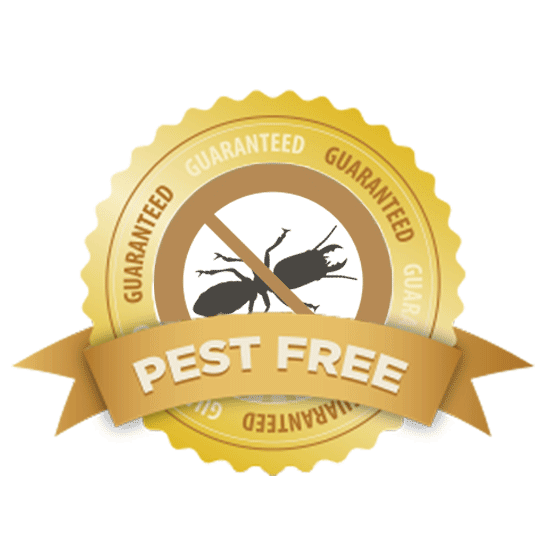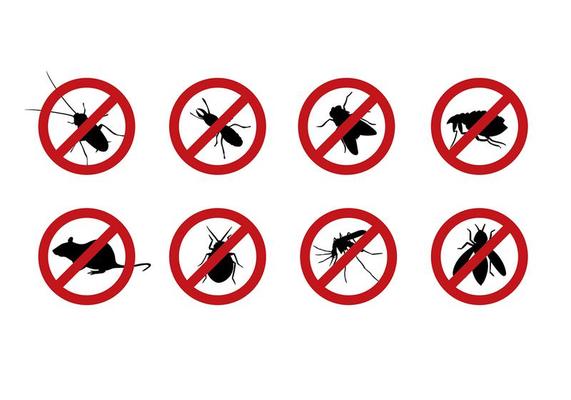Reliable A1 Bed Bug Treatment in Charlotte - Safe and Proven Techniques
Reliable A1 Bed Bug Treatment in Charlotte - Safe and Proven Techniques
Blog Article
Bed Pest Therapy Failure: Contrasting Chemical Vs. Non-Chemical Solutions
In the realm of pest control, specifically when taking care of the persistent concern of bed pests, the selection in between chemical and non-chemical treatment services can be a critical one. Both methods offer distinct benefits and downsides, affecting aspects such as efficiency, security considerations, and total cost. By checking out the nuanced details of each technique, a clearer understanding of which path to go after in addressing a bed bug invasion can be acquired.
Efficiency of Chemical Treatments
Chemical therapies for bed pest problems have been extensively acknowledged for their powerful and rapid efficacy in removing these bugs. When considering the performance of chemical treatments, it is important to recognize that they can give a quick and extensive remedy to a bed insect problem.
Moreover, chemical treatments have the advantage of offering residual impacts, indicating that they can continue to get rid of bed pests also after the first application. This residual activity is particularly beneficial in combating any possible re-infestations. In addition, the fast activity of chemical treatments can bring alleviation to people dealing with extreme bed bug infestations, enabling them to restore control of their living areas promptly.
Security Problems With Chemical Solutions
One vital aspect that requires cautious consideration when making use of chemical options for bed pest therapy is making certain the security of residents and the environment. While chemical treatments can be reliable in eliminating bed pests, they may present threats otherwise handled effectively. One of the primary safety and security worry about chemical solutions is the prospective damage they can trigger to human health. Exposure to certain chemicals made use of in bed insect therapies can cause respiratory concerns, skin irritation, or various other unfavorable responses, especially in people with pre-existing problems or sensitivities. In addition, incorrect application or dosage of chemical pesticides can cause poisonous residues remaining in the cured area, posing long-lasting health and wellness dangers to residents.
In addition, the environmental effect of chemical remedies is an additional significant consideration. Some chemicals made use of in bed bug treatments might be unsafe to valuable insects, wild animals, and environments if they leach into the soil or water supply. It is important to make use of chemical therapies judiciously, following security standards, and considering less harmful options to minimize these dangers and make sure the secure and efficient management of bed bug problems.
Benefits of Non-Chemical Strategies
Thinking about the possible security concerns and ecological impact best site connected with chemical options for bed bug therapy, checking out non-chemical techniques presents an appealing choice with numerous distinct advantages. Non-chemical therapies are environmentally friendly, as they do not add to air or water pollution, making them a sustainable selection for bug control.
In addition, non-chemical solutions can be reliable in targeting bed bugs, including hard-to-reach areas where chemical therapies might not permeate - A1 pest control charlotte nc bed bugs. Techniques such as warm treatment, vacuuming, steam cleansing, and mattress coverings give thorough elimination without the use of dangerous chemicals.
Limitations of Non-Chemical Treatments

Furthermore, non-chemical treatments typically call for multiple applications to accomplish successful eradication. This can be time-consuming and may not always assure total elimination of all bed pests and their eggs, particularly in hard-to-reach or surprise places.
In addition, the success of non-chemical therapies heavily relies upon appropriate application and thoroughness, which can be challenging for people without specialist expertise. Poor application of non-chemical methods might cause insufficient removal, leading to persistent problems and the requirement for additional treatments.
For that reason, while non-chemical Click Here therapies have their advantages, it is necessary to recognize these constraints and consider them when figuring out the most effective technique for managing bed bug problems.
Cost Comparison: Chemical Vs. Non-Chemical Options
Given the constraints connected with non-chemical therapies, a vital facet to evaluate in the context of bed insect administration is the price contrast in between chemical and non-chemical alternatives. In contrast, non-chemical therapies like warmth therapy or steam can be more costly, with costs ranging from $1,000 to $6,000 for a whole home. While the initial expense of chemical treatments might seem lower, numerous treatments may be called for to completely get rid of the infestation, potentially boosting the general cost.
Conclusion

Considering the prospective safety and security problems and ecological influence connected with chemical options for bed pest therapy, discovering non-chemical methods provides an encouraging option with numerous unique benefits.Offered the limitations linked with non-chemical treatments, a vital aspect to examine in the context of bed pest monitoring is the price contrast in between chemical and non-chemical choices. In comparison, non-chemical therapies like warmth treatment or vapor can be a lot more pricey, with prices ranging from $1,000 to $6,000 for an entire home. While the first cost of chemical therapies might seem reduced, several treatments may be more helpful hints called for to completely get rid of the invasion, potentially raising the general price.In final thought, when contrasting chemical and non-chemical bed insect treatment choices, it is crucial to think about performance, safety, advantages, limitations, and cost.
Report this page